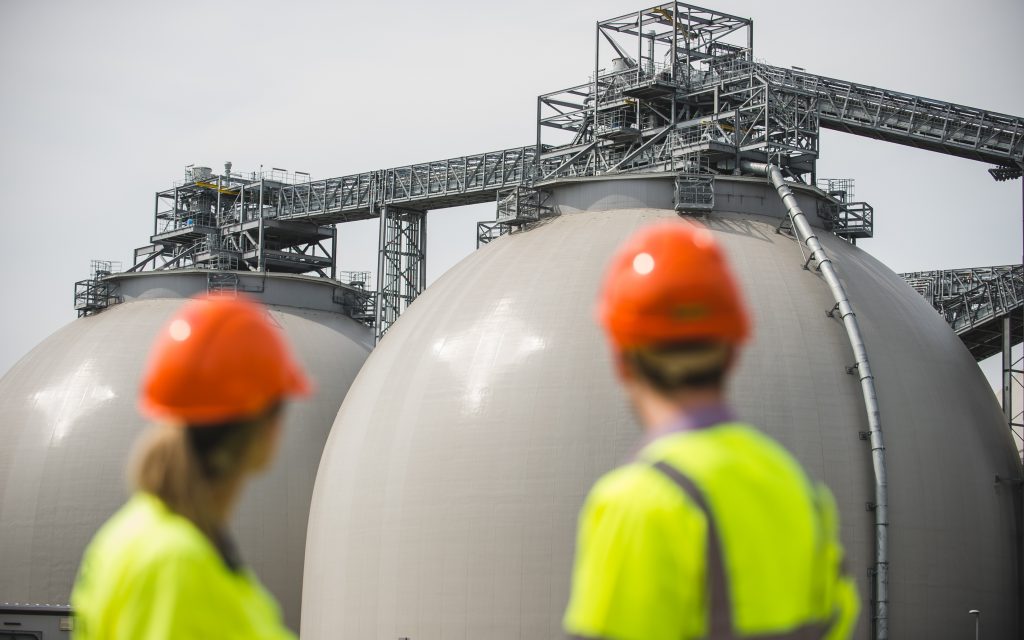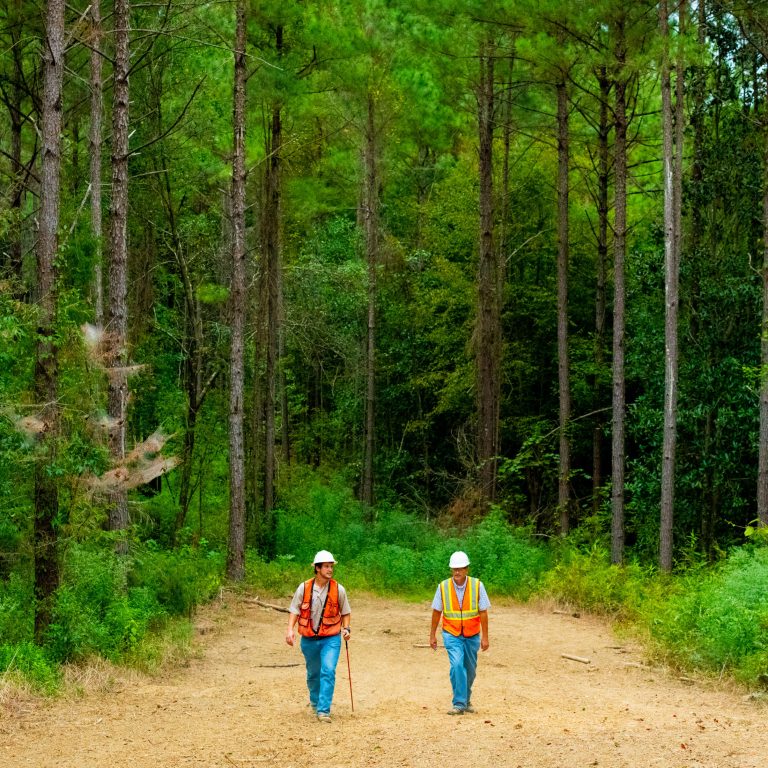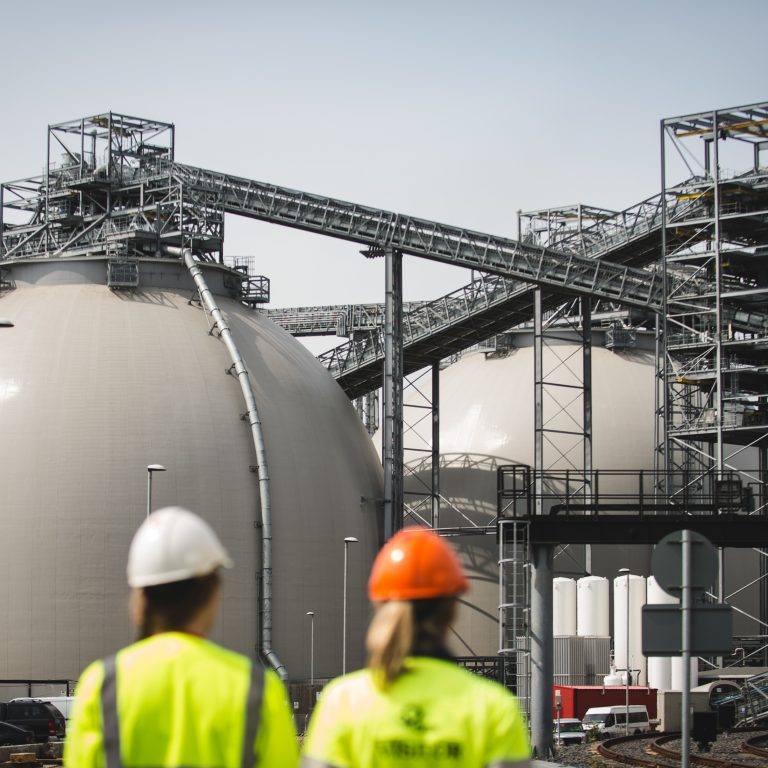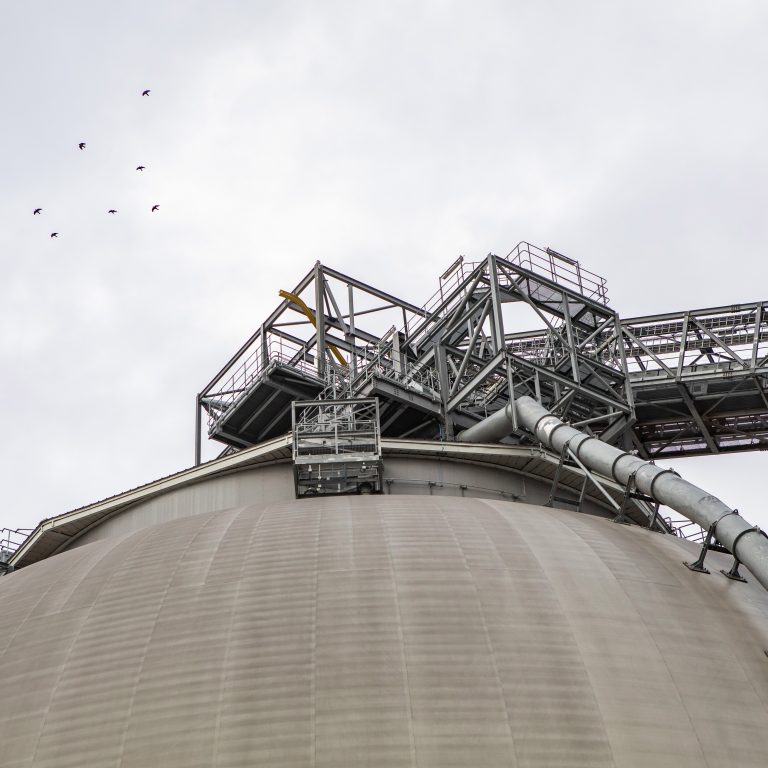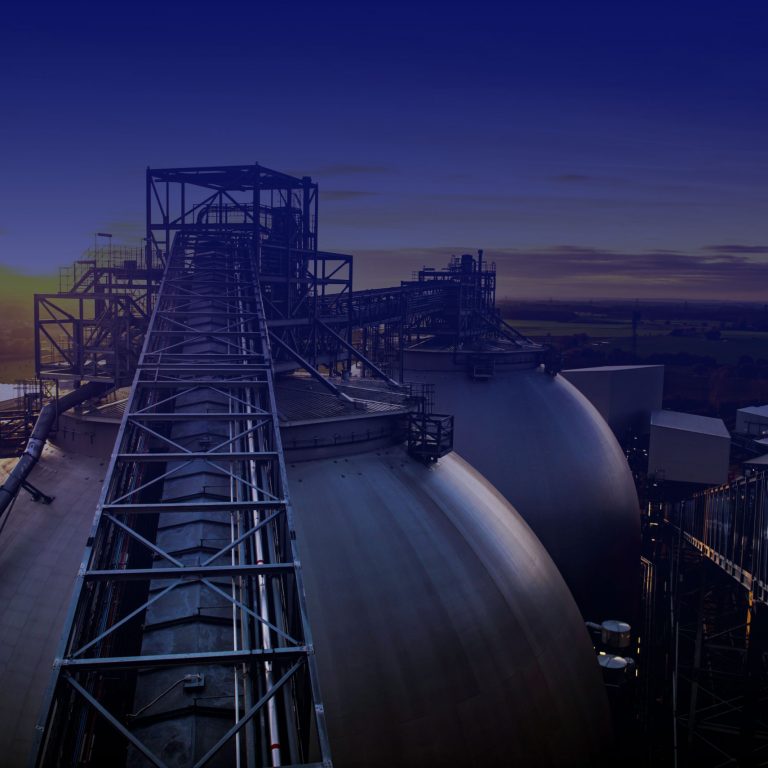As the country moves towards a lower carbon future, each renewable power generation technology has its place. Wind, solar, hydro and wave can take advantage of the weather to provide plentiful power – when conditions are right.
Reliable, affordable, renewable power
But people need electricity instantly – not just when it’s a windy night or a sunny day. So, until a time when storage can provide enough affordable capacity to store and supply the grid with power from ample solar and wind farms, the country has to rely, in part, on thermal generation like gas, coal and biomass. Reliable and available on demand, yes. But renewable, low carbon and affordable too? It can be.
A year ago, a report by economic consultancy NERA and researchers at Imperial College London highlighted how a balanced mix of renewable technologies could save bill payers more than £2bn. Now, publicly available Ofgem data on which its newly published Renewables Obligation Annual Report 2015-16 is based reinforces the case for government to continue to support coal-to-biomass unit conversions within that technology mix. Why? Because out of all renewables deployed at large scale, biomass presents the most value for money – less public funding is required for more power produced.
Renewable costs compared
Drax Power Station’s biomass upgrades were the largest recipient of Renewable Obligation (RO) support during the period 2015-16. The transformation from coal to compressed wood pellets has made Drax the largest generator of renewable electricity in the country. And by a significant margin. Drax Power Station produced more than five times the renewable power than the next biggest project supported under the RO – the London Array.
Dr Iain Staffell, lecturer in Sustainable Energy at the Centre for Environmental Policy, Imperial College London, and author of Electric Insights, who has analysed the Ofgem data commented:
“Based on Ofgem’s Renewables Obligation database, the average support that Drax Power Station received was £43.05 per MWh generated. This compares to £88.70 per MWh from the other nine largest projects.”
“Biomass receives half the support of the UK’s other large renewable projects, which are all offshore wind. The average support received across all renewable generators in the RO scheme – which includes much smaller projects and all types of technology – is £58 per MWh. That is around £15 per MWh more than the support received by Drax.”
Ending the age of coal
Drax Group isn’t arguing for limitless support for coal-to-biomass conversions. And Drax Power Station, being the biggest, most modern and efficient of power stations built in the age of coal, is a special case. But if the RO did exist just to support lots of biomass conversions like Drax but no other renewable technologies, then in just one year, between 2015-16, £1bn of costs saving could have been made for the public purse.
Drax Power Station may be the biggest-single site recipient of support under the RO – but it does supply more low carbon power into the National Grid than any other company supported by Renewable Obligation Certificates (ROCs). In fact, 65% of the electricity generated at its Selby, North Yorkshire site, is now renewable. That’s 16% of the entire country’s renewable power – enough to power four million households.
Thanks to the support provided to Drax by previous governments, the current administration has a comparatively cost effective way to help the power sector move towards a lower carbon future. Biomass electricity generated at Drax Power Station has a carbon footprint that is at least 80% less than coal power – supply chain included. Drax Group stands ready to do more – which is why research and development continues apace at the power plant. R&D that the company hopes will result in ever more affordable ways to upgrade its remaining three coal units to sustainably-sourced biomass, before coal’s 2025 deadline.
Commissioned by Drax, Electric Insights is produced independently by a team of academics from Imperial College London, led by Dr Iain Staffell and facilitated by the College’s consultancy company – Imperial Consultants.







